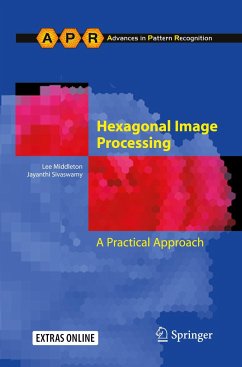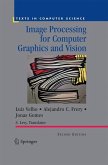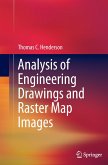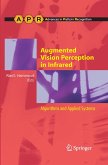The sampling lattice used to digitize continuous image data is a signi?cant determinant of the quality of the resulting digital image, and therefore, of the e?cacy of its processing. The nature of sampling lattices is intimately tied to the tessellations of the underlying continuous image plane. To allow uniform sampling of arbitrary size images, the lattice needs to correspond to a regular - spatially repeatable - tessellation. Although drawings and paintings from many ancient civilisations made ample use of regular triangular, square and hexagonal tessellations, and Euler later proved that these three are indeed the only three regular planar tessellations possible, sampling along only the square lattice has found use in forming digital images. The reasons for these are varied, including extensibility to higher dimensions, but the literature on the rami?cations of this commitment to the square lattice for the dominant case of planar data is relatively limited. There seems to be neither a book nor a survey paper on the subject of alternatives. This book on hexagonal image processing is therefore quite appropriate. Lee Middleton and Jayanthi Sivaswamy well motivate the need for a c- certedstudyofhexagonallatticeandimageprocessingintermsoftheirknown uses in biological systems, as well as computational and other theoretical and practicaladvantagesthataccruefromthisapproach. Theypresentthestateof the art of hexagonal image processing and a comparative study of processing images sampled using hexagonal and square grids.
From the reviews:
"Middleton and Sivaswamy have attempted to provide a comprehensive survey of the existing literature and a sound theoretical basis for using hexagonal sampling in image processing. ... By covering all of the areas of image processing that a basic image processing text would cover, the authors have succeeded in providing a good reference and a framework for students interested in processing images using hexagonal sampling. The authors provide several examples of advantages of processing using the hexagonal sampling grid over a square sampling grid." (Gopinath Kuduvalli, Computing Reviews, December, 2006)
"Middleton and Sivaswamy have attempted to provide a comprehensive survey of the existing literature and a sound theoretical basis for using hexagonal sampling in image processing. ... By covering all of the areas of image processing that a basic image processing text would cover, the authors have succeeded in providing a good reference and a framework for students interested in processing images using hexagonal sampling. The authors provide several examples of advantages of processing using the hexagonal sampling grid over a square sampling grid." (Gopinath Kuduvalli, Computing Reviews, December, 2006)









